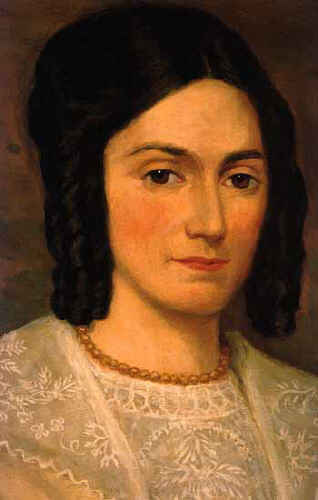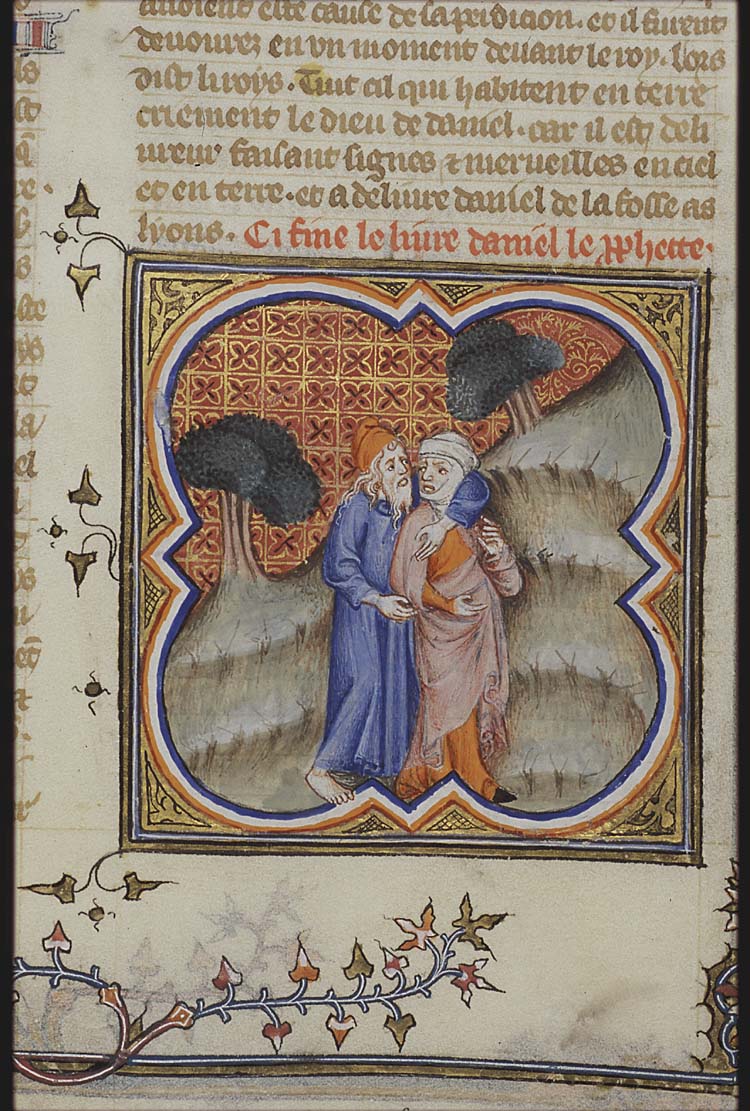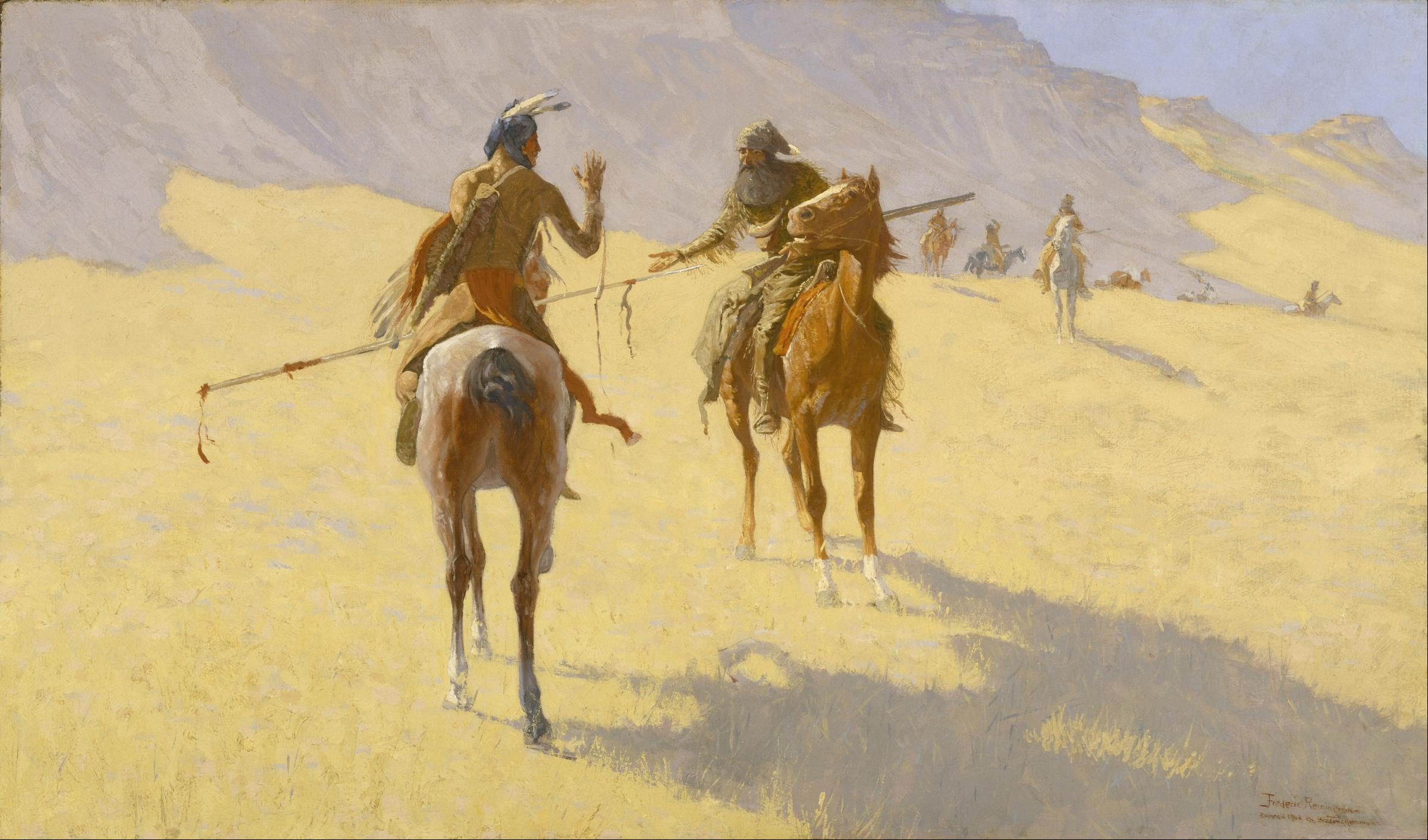|
List Of References To Seer Stones In The Latter Day Saint Movement History
This is a list of references to seer stones in the Latter Day Saint movement history. The role and understanding of seer stones in the Church of Jesus Christ of Latter-day Saints has shifted throughout its history.MacKay, M. H. (2016). Joseph Smiths seer stones. Provo: BYU Religious Studies Center. e-book location 181 of 4471 References to the Urim and Thummim (Latter Day Saints), spectacles, and interpreters are also included, as the term has been conflated at times with the term seer stones.Stapley, J. A. (2018). The power of godliness: mormon liturgy and cosmology. New York, NY: Oxford University Press. page 118 References prior to 1830 References from 1830 through 1839 References between 1840 and 1859 References between 1860 and 1879 References from 1880 through 1889 References from 1890 through 1899 References after 1900 See also The first known published account of the Urim and Thummim is in "Questions proposed to the Mormonite Preachers and their answer ... [...More Info...] [...Related Items...] OR: [Wikipedia] [Google] [Baidu] |
Seer Stone (Latter Day Saints)
According to Latter Day Saint theology, seer stones were used by Joseph Smith, as well as ancient prophets, to receive revelations from God. Members of the Church of Jesus Christ of Latter-day Saints (LDS Church) believe that Smith used seer stones to translate the Book of Mormon. The culture that early Latter Day Saints developed in was steeped in western esotericism.Davis, W. L. (2020). Visions in a seer stone: Joseph Smith and the making of The book of mormon. The University of North Carolina Press. Chapter 1 A seer stone in this culture was a prevalent divination tool used for a form of crystal gazing, or scrying. Seer stones are mentioned in the Book of Mormon in the Book of Mosiah, where they are also called "interpreters" and described as being used by seers to translate and receive revelations. The term "Urim and Thummim" is usually used by Latter Day Saints members to refer to the "interpreters" mentioned in the Book of Mormon. Some Latter Day Saints use the term Urim a ... [...More Info...] [...Related Items...] OR: [Wikipedia] [Google] [Baidu] |
Messenger And Advocate
The ''Latter Day Saints' Messenger and Advocate'', often shortened to ''Messenger and Advocate'', was an early Latter Day Saint monthly newspaper published in Kirtland, Ohio, from October 1834 to September 1837. It was the successor to ''The Evening and the Morning Star'' and the predecessor to the ''Elders' Journal The ''Elders' Journal of the Church of Latter Day Saints'' (the name changed to ''Elders' Journal of the Church of Jesus Christ of Latter Day Saints'' with the third issue) was an early Latter Day Saint periodical edited by Don Carlos Smith, you ...''. History The ''Messenger and Advocate'' was established after a mob had destroyed the printing press of ''The Evening and the Morning Star'' in Independence, Missouri, on July 20, 1833, causing the ''Star'' to relocate to Kirtland. After a brief run, the ''Star'' was discontinued in favor of a uniquely Ohio newspaper, the ''Latter Day Saints' Messenger and Advocate''. Oliver Cowdery served as editor and the first issue ... [...More Info...] [...Related Items...] OR: [Wikipedia] [Google] [Baidu] |
Hosea Stout
In the Hebrew Bible, Hosea ( or ; he, הוֹשֵׁעַ – ''Hōšēaʿ'', 'Salvation'; gr, Ὡσηέ – ''Hōsēé''), son of Beeri, was an 8th-century BCE prophet in Israel and the nominal primary author of the Book of Hosea. He is the first of the Twelve Minor Prophets, whose collective writings were aggregated and organized into a single book in the Jewish Tanakh by the Second Temple period, forming the last book of the Nevi'im; but which writings are distinguished as individual books in Christianity. Hosea is often seen as a "prophet of doom", but underneath his message of destruction is a promise of restoration. The Talmud claims that he was the greatest prophet of his generation. The period of Hosea's ministry extended to some sixty years, and he was the only prophet of Israel of his time who left any written prophecy. Name The name ''Hosea'' (meaning 'salvation', 'he saves' or 'he helps'), seems to have been common, being derived from a related verb meaning ''sa ... [...More Info...] [...Related Items...] OR: [Wikipedia] [Google] [Baidu] |
History Of Joseph Smith By His Mother
''History of Joseph Smith by His Mother'' is a biography of Joseph Smith, founder of the Latter Day Saint movement, according to his mother, Lucy Mack Smith. It was originally titled ''Biographical Sketches of Joseph Smith, the Prophet, and His Progenitors for Many Generations'' and was published by Orson Pratt in Liverpool in 1853. Background Shortly following the death of Joseph Smith in 1844, and into 1845, Lucy Mack Smith dictated her recollections and family story to Nauvoo schoolteacher Martha Jane Coray. Coray worked with her husband to compile these books of notes and other sources into a manuscript, which was then copied. One copy was given to apostle Brigham Young, and the other stayed with Lucy Smith in Nauvoo. Eventually, apostle Orson Pratt obtained Lucy's copy and published it in 1853, to great controversy. Brigham Young's opposition After its publication, Brigham Young declared the book to be a "tissue of lies" and wanted corrections made. In the '' Millennial ... [...More Info...] [...Related Items...] OR: [Wikipedia] [Google] [Baidu] |
Priddy Meeks
Priddy Meeks (August 29, 1795 – October 7, 1886) was an American frontier doctor who practiced Thomsonian medicine. He was a polygamist member of the Church of Jesus Christ of Latter-day Saints and helped settle areas in Utah as a Mormon pioneer. Meeks was the first doctor in Southern Utah. He occasionally appears as a character in Mormon literature, such as the short story "They Did Go Forth" by Maurine Whipple. Early life Priddy Meeks was born in 1795. His father, Athe Meeks, moved the family from South Carolina to Grayson County, Kentucky when Meeks was about two or three years old. The family lived there for about 12 years, until they moved to Indiana. Athe Meeks was killed by Native Americans in 1812. After the Native American attack on the family, they moved to French Island, Indiana on the Ohio River. Meeks was married and owned a farm. Meeks was inspired to become a doctor after helping many of the sick in his community during one particularly "sickly season". He had ... [...More Info...] [...Related Items...] OR: [Wikipedia] [Google] [Baidu] |
Latter-day Saints' Millennial Star
''The Latter-day Saints’ Millennial Star'' (usually shortened to ''Millennial Star'') was the longest continuously published periodical of the Church of Jesus Christ of Latter-day Saints (LDS Church), and was printed in England from 1840 until 1970, when it was replaced by the church-wide '' Ensign''. It was primarily aimed at British Latter-day Saints. History The first issue of the ''Millennial Star'' was published in Manchester, England, in May 1840, with Latter Day Saint Apostle Parley P. Pratt as editor and W. R. Thomas as printer. First mention of the newspaper being sold in Liverpool appeared in March 1842, and printing was officially moved to Liverpool with the April 1842 issue. Pratt was eventually replaced as editor by Thomas Ward. When Ward left England, Orson Hyde, who was then serving as Mission president in the area, became the editor. After that point, editing and supervision of the ''Star'' fell to the subsequent mission presidents of the church's Europ ... [...More Info...] [...Related Items...] OR: [Wikipedia] [Google] [Baidu] |
Parley P
A parley (from french: link=no, parler – "to speak") refers to a discussion or conference, especially one designed to end an argument or hostilities between two groups of people. The term can be used in both past and present tense; in present tense the term is referred to as parleying. In some cases, opposing parties would signal their intent to invoke parley by using a white flag, however the use of a white flag to invoke or request parley is not considered mandatory. The term ''parley'' has been used to refer to numerous high-profile meetings of the 20th century, including the London and Paris Conferences held in 1954 to determine the status of West Germany. In popular culture Below are some examples where a parley is a significant element of the plot. * The Last of the Mohicans features a scene depicting a parley at the end the siege of Fort William Henry. * In the ''Pirates of the Caribbean'' series, parley is a plot device introduced in the first film, '' Pirates of ... [...More Info...] [...Related Items...] OR: [Wikipedia] [Google] [Baidu] |
Times And Seasons
''Times and Seasons'' was a 19th-century Latter Day Saint newspaper published at Nauvoo, Illinois. It was printed monthly or twice-monthly from November 1839 to February 1846. The motto of the paper was "Truth will prevail," which was printed underneath the title heading. It was the successor to the ''Elders' Journal'' and was the last newspaper published by the Church in the United States before the schisms that occurred after the death of Joseph Smith. History As Mormons fled Missouri as a result of the 1838 Mormon War, the press and type for the ''Elders' Journal'' was buried in Far West. In April 1839, Elias Smith and Hiram Clark, among others, returned to the city and recovered the press and type. It was taken to Nauvoo and in June 1839 was given to Ebenezer Robinson and Don Carlos Smith (younger brother of Joseph Smith), who served as the editors. In December 1840, Robinson moved exclusively to book printing while Don Carlos took over as the sole editor of the ''Times an ... [...More Info...] [...Related Items...] OR: [Wikipedia] [Google] [Baidu] |
Lucy Mack Smith
Lucy Mack Smith (July 8, 1775 – May 14, 1856) was the mother of Joseph Smith, founder of the Latter Day Saint movement. She is noted for writing the memoir, '' Biographical Sketches of Joseph Smith, the Prophet, and His Progenitors for Many Generations'' and was an important leader of the movement during Joseph's life. Background and early life Lucy Mack was born on July 8, 1775, in Gilsum, New Hampshire, during an era of political, economic, and social change. The second half of the eighteenth century had seen a slowly evolving shift of responsibilities within the American family. Even though the Revolutionary War would accelerate that shift, the initial impetus came from the changing economic scene. According to women's historian Linda Kerber, the growing market economy and "industrial technology reshaped the contours of domestic labor" (7). This shift toward commercialism pushed the father's work farther away from the home, with the result that the mother now took over th ... [...More Info...] [...Related Items...] OR: [Wikipedia] [Google] [Baidu] |
William Smith (Latter Day Saints)
William Smith (also found as William B. Smith) (March 13, 1811 – November 13, 1893) was a leader in the Latter Day Saint movement and one of the original members of the Quorum of the Twelve Apostles. Smith was the eighth child of Joseph Smith Sr. and Lucy Mack Smith and was a younger brother of Joseph Smith Jr., the founder of the Latter Day Saint movement. After the 1844 murders of Joseph and Hyrum Smith, William Smith claimed leadership of the Latter Day Saints and attracted a small number of followers. Most church members accepted Brigham Young as rightful leader of the church, and Smith was later affiliated with the Strangite and Reorganized Church of Jesus Christ of Latter Day Saints (now the Community of Christ). Early life Born in Royalton, Vermont, Smith and his family suffered considerable financial problems and moved several times in the New England area. He was living in the home of his parents near Manchester, New York, when his brother Joseph reported that he ... [...More Info...] [...Related Items...] OR: [Wikipedia] [Google] [Baidu] |
Martin Harris (Latter Day Saints)
Martin Harris (May 18, 1783 – July 10, 1875) was an early convert to the Latter Day Saint movement who financially guaranteed the first printing of the Book of Mormon and also served as one of Three Witnesses who testified that they had seen the golden plates from which Joseph Smith said the Book of Mormon had been translated. Early life Harris was born in Easton, New York, the second of the eight children born to Nathan Harris and Rhoda Lapham. According to historian Ronald W. Walker, little is known of his youth, "but if his later personality and activity are guides, the boy partook of the sturdy values of his neighborhood which included work, honesty, rudimentary education, and godly fear." In 1808, Harris married his first cousin Lucy Harris. Harris served with the 39th regiment of the New York State Militia of Ontario County, New York in the War of 1812. He inherited 150 acres. Until 1831, Harris lived in Palmyra, New York, where he was a prosperous farmer. Harris' ... [...More Info...] [...Related Items...] OR: [Wikipedia] [Google] [Baidu] |
Orson Pratt
Orson Pratt Sr. (September 19, 1811 – October 3, 1881) was an American mathematician and religious leader who was an original member of the Quorum of the Twelve Apostles of the Church of Christ (Latter Day Saints). He became a member of the Quorum of the Twelve of the Church of Jesus Christ of Latter-day Saints (LDS Church) and was a leading Mormon theologian and writer until his death. Church membership and service Pratt was born in Hartford, New York, the son of Jared Pratt and Charity Dickenson. He was the younger brother of Parley P. Pratt, who introduced him to the LDS Church and baptized him on Orson's nineteenth birthday, September 19, 1830, in Canaan, New York. Pratt was ordained an Elder several months later, on December 1, 1830, by Joseph Smith and immediately set out for Colesville, New York, his first mission. This was the first of a number of short missions in which Pratt visited New York, Ohio, Missouri, and the Eastern States. On February 2, 1832, he was o ... [...More Info...] [...Related Items...] OR: [Wikipedia] [Google] [Baidu] |





